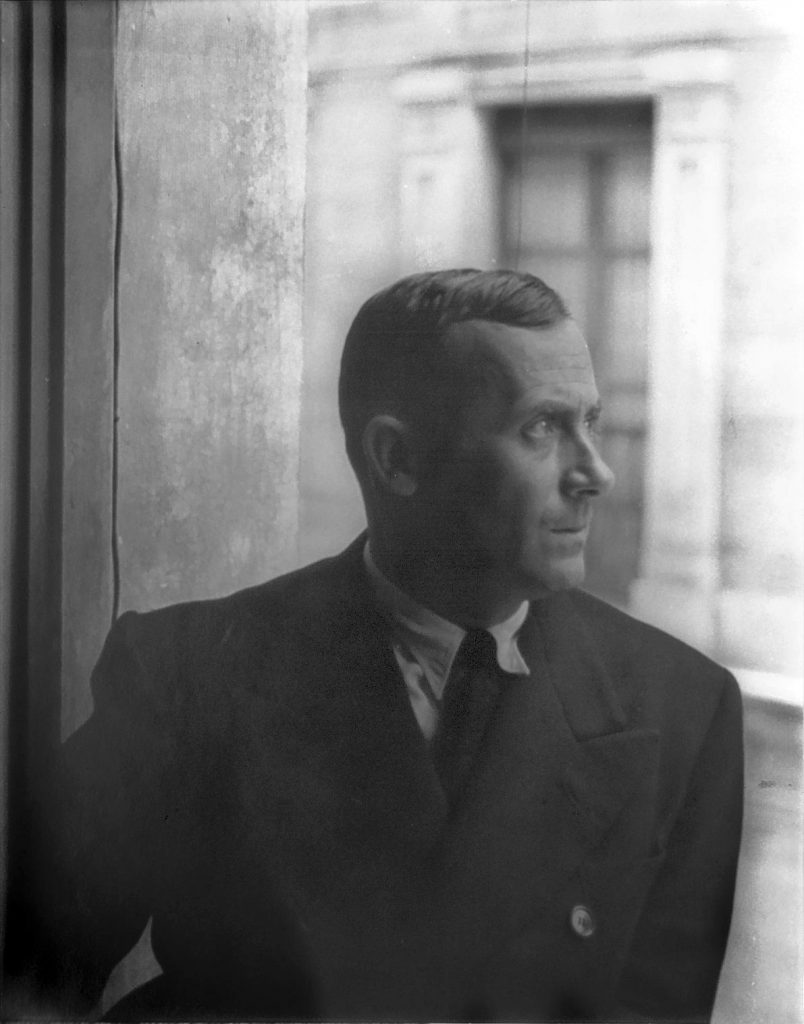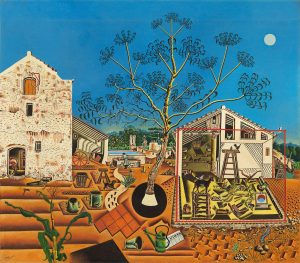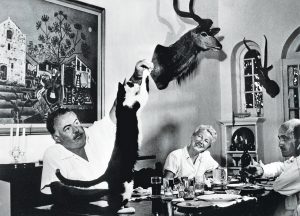It is somewhat mind blowing to think that Paris in the twenties not only was the place where such great writers as Scott Fitzgerald, James Joyce and Ernest Hemingway worked and lived, but also some of the greatest names of the fine art scene. Not only Picasso and Dali, but also Miro, Bunuel and Man Ray.
It should not be a surprise that these groups – if you like – mingled. Hemingway was not only a good friend of Jules Pascin, another painter, but also of Joan Miro. The story has it that they would box together at the Cercle Américain boxing club on the Boulevard Raspail although Miro was a lot smaller than Hemingway and – we take it – a little less athletic. Nonetheless they were good friends. Both were trying to make it as young artists that just started out, but couldn’t get a lucky break so far. Often they were to be found at Le Nègre de Toulouse, having dinner. A place also frequented by James Joyce.

In that time Hemingway only got rejection after rejection when he did send in his stories. Miro in turn did not manage to sell any of his paintings or have them displayed by one of the galleries. One of his paintings called The Farm (on which he worked for nine months) was eventually bought by Hemingway for $175. He liked it very much and Miro could use the money. Hemingways said of the painting, “It has in it all that you feel about Spain when you are there and all that you feel when you are away and cannot go there. No one else has been able to paint these two very opposing things.”

There are some competing stories of how Hemingway became the owner of the painting. It is said that Evan Shipman, a friend of his and a well known poet, also wanted to buy the painting and – according to the man himself – he and Evan Shipman did shoot dice for it. According to Shipman, he tossed a coin for it and Shipman won, but he let Hemingway have the painting anyway. Still Hemingway had to pay up the $175, a considerable amount of money in those days (even more for a young artist with no significant financial means) and it seems that he either earned the money by giving boxing lessons or, as a competing story goes, taking on a job selling vegetables.

The Farm always stayed with Hemingway and it was probably one of his most favorite paintings if we have to go by the place he hung it in his villa in Havana.
